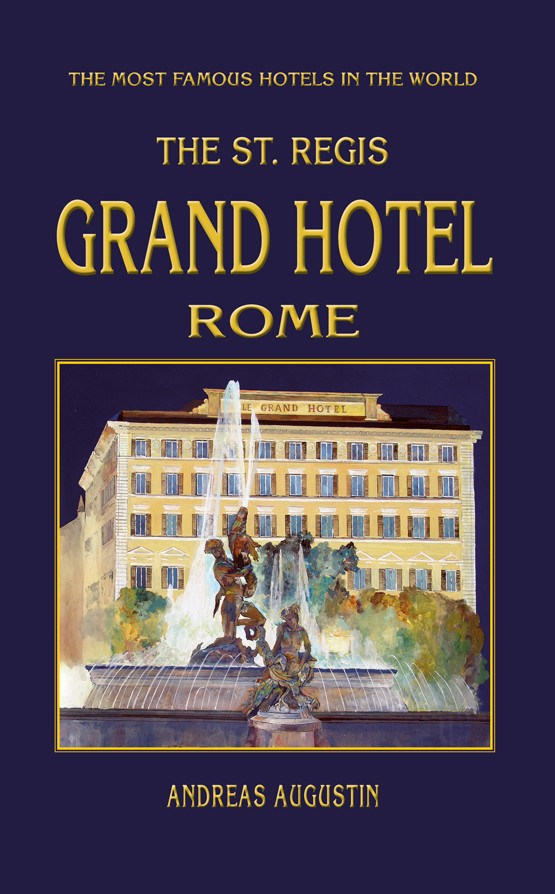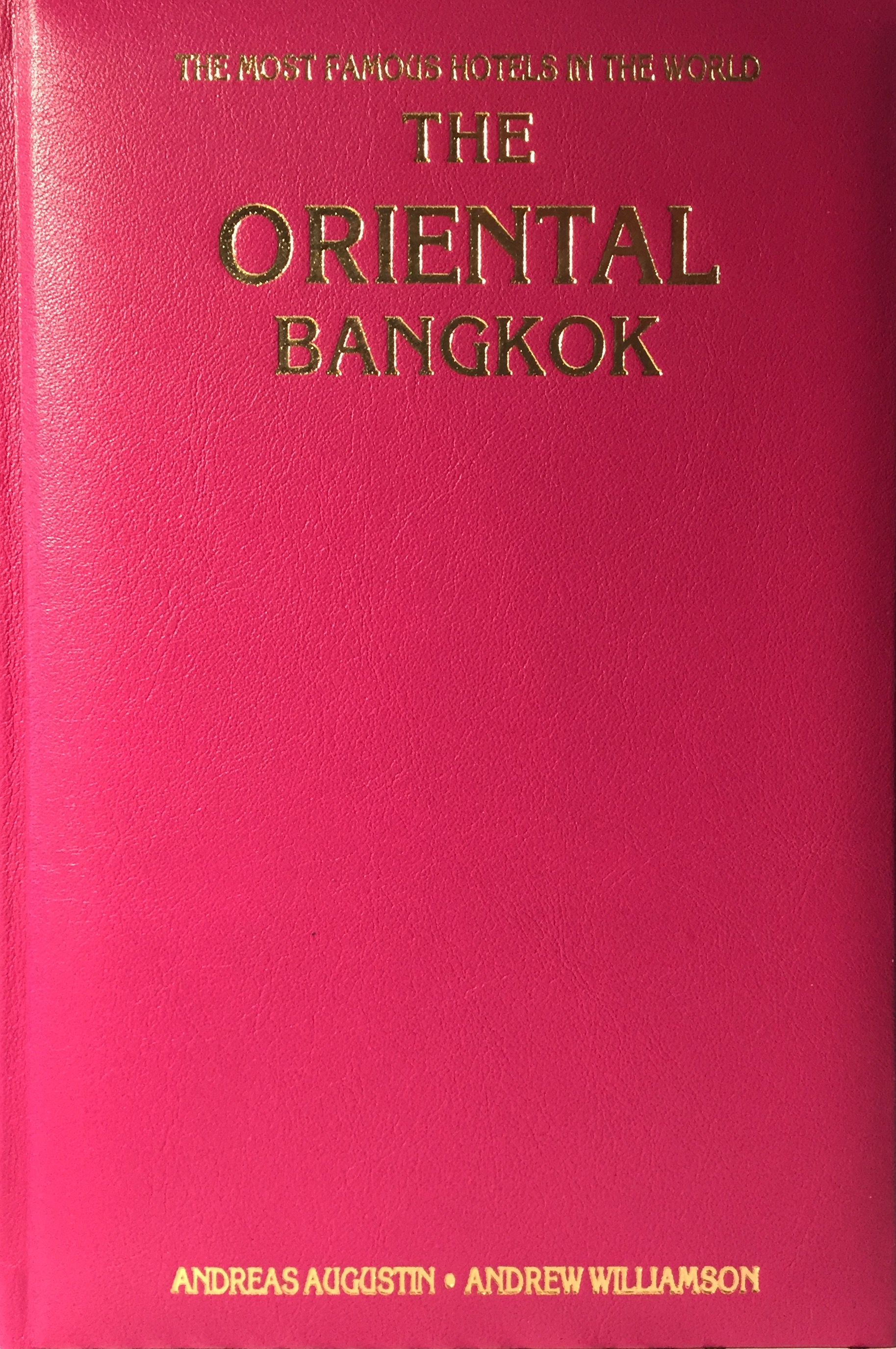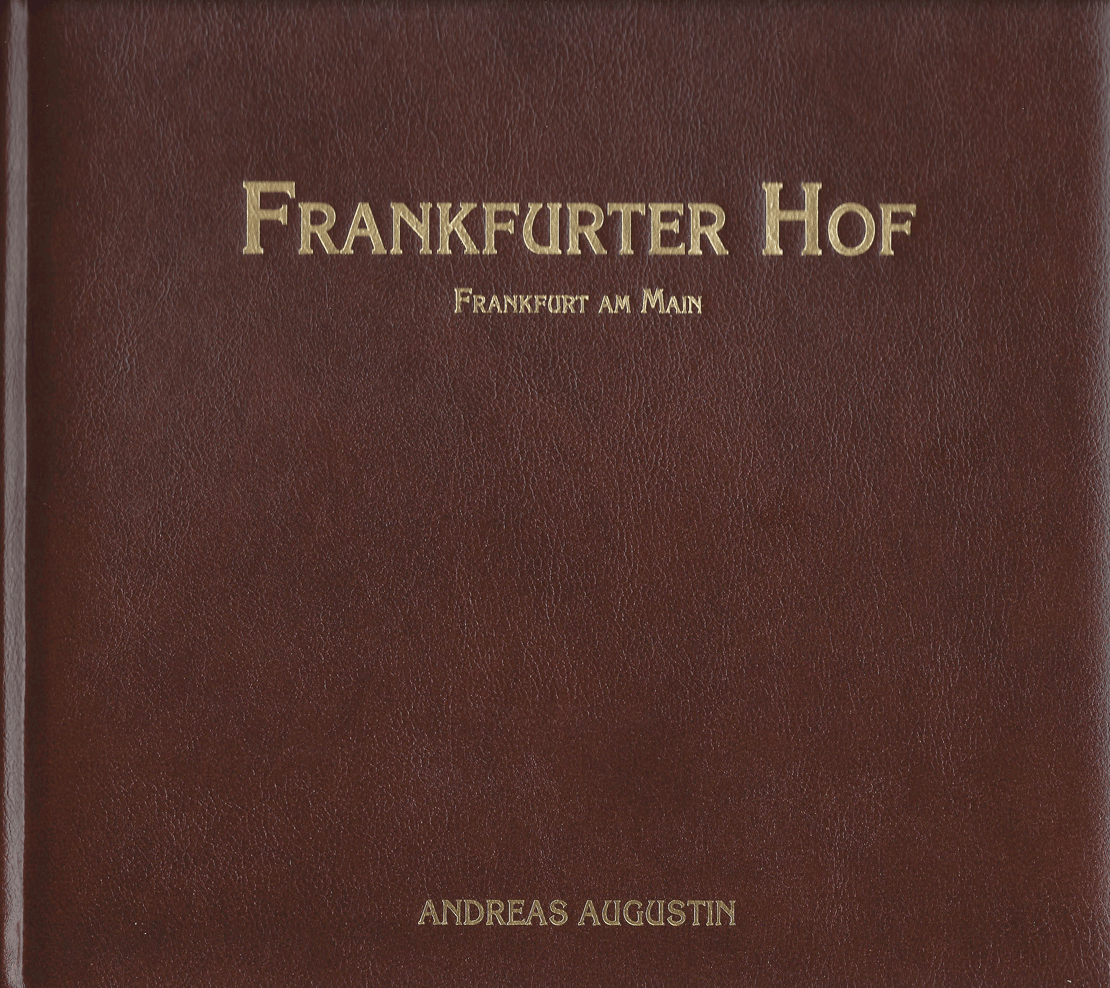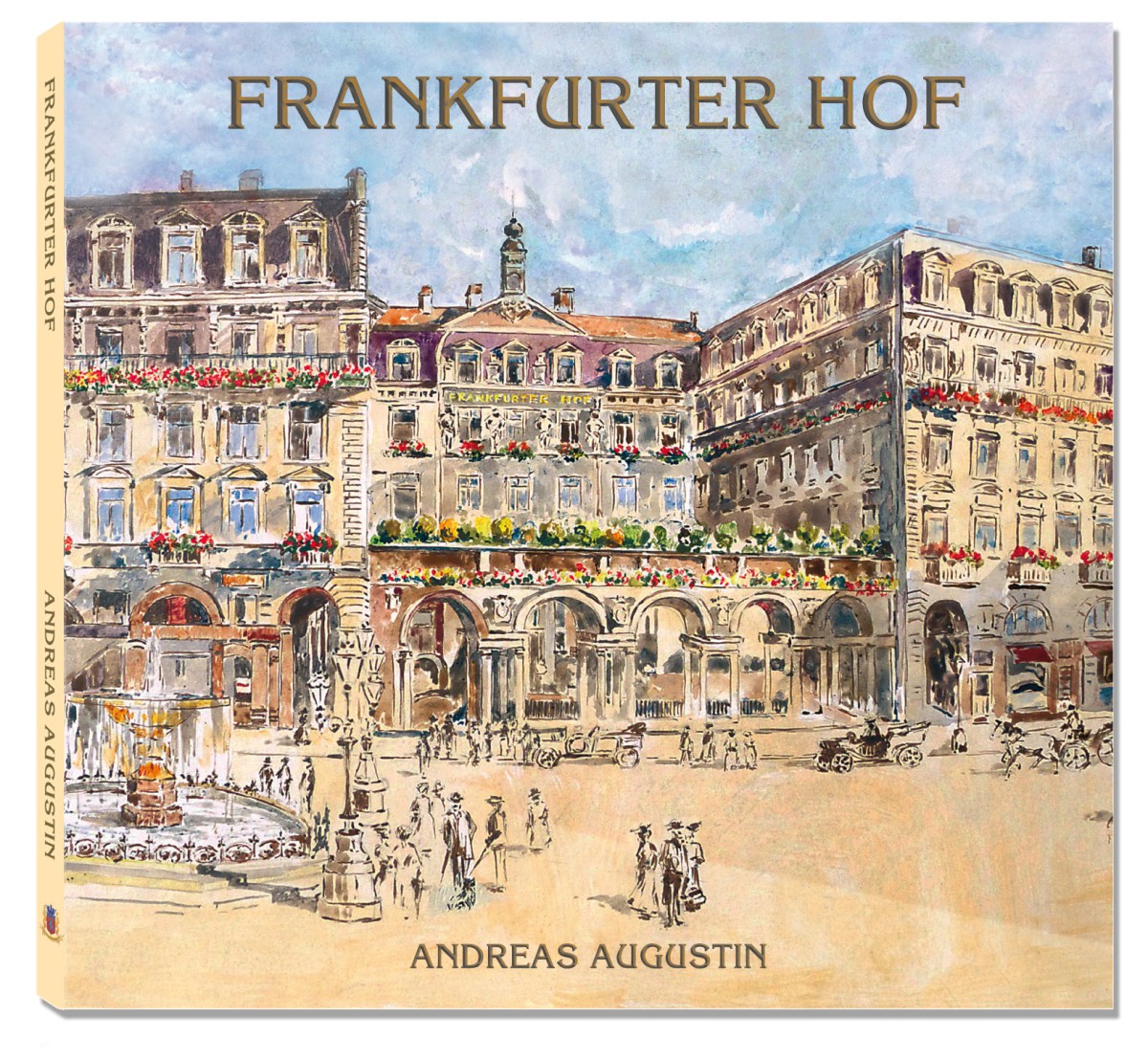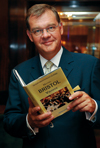Ritz – Madrid, Spain (English)

Author
Andreas Augustin & Thomas Cane
Pages
160
Photographs
Illustrations
Over 140 illustrations, contemporary and historical photos; Cover by Manfred Markowski (watercolour)
Leather-bound edition
No
Binding
Hardcover (real cloth bound / gold stamping / dust jacket)
Includes
1 Famous Hotels Traveller's Library brochure
ISBN
978-3-900692-25-4
Size/Weight
160 x 235 mm, 700 g
Also available in
Spanish
Related Hotel
Price: € 43.00
Add to cartThe Ritz Madrid was built in 1910, following the hotel-concept of the legendary César Ritz. Ritz is a synonym for quality, for excellence, an euphemism for a world beyond the reach of the average man in the street. It conjures up distant imaginations of glitter and glamour, wrapped in silken sheets and hand woven linen. It stands for walking on thick sound-swallowing Persian carpets, dining from bone China plates, the clinking of heavy crystal glass, chiming silver. Since 1910 the Ritz in Madrid represents all this. This is its story.
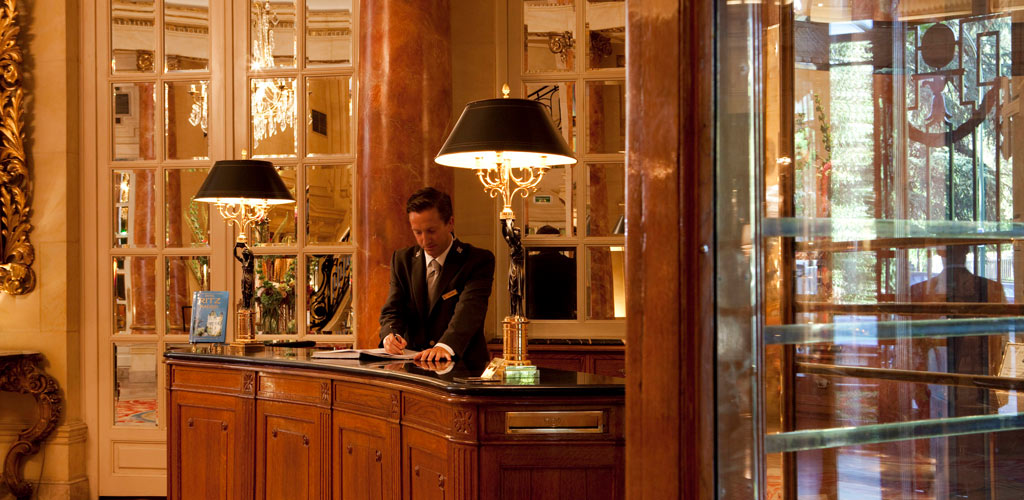
Today it appears with all comfort and amenities of a 'Grand Hotel', from a splendid bar, a tucked-away discreet reception desk, a central lobby-ruling concierge desk (wonderful old-school) to cosy rooms and great beds.
The Ritz appears as a Rolls Royce Phantom 1930. But under its bonnet gallops the engine of a Porsche.
Andreas Augustin
TRAVELLER’S NOTEPAD
You have arrived at the Ritz in Madrid, slowly coasting into the thick carpets of the lobby. Engines are shutting down. The flight-comparison is carefully chosen – you were virtually propelled in by a bewitchingly smiling page girl who had given the revolving door a well calculated push at the right moment. You have passed the concierge desk on the right and checked in at the enchanting reception room to the left. Your luggage is in the room and you have landed.
Now let’s explore the lobby, the field of deployment of the local and international socialites’ armies. Rarely do we encounter buzzing cosmo-politan flair in the company of such seducing and relaxed atmosphere. At the grand piano, Vincent plays ‘it’ again. Tourists gather at the low tables, unfolding large maps, discussing the tours of the day. Delicate Spanish ladies teeter in high heels through the meadows of deep pile carpets, thankful for reaching the other end without a major accident. Their elegant costumes tell us about the wedding, the christening, the ceremony they are attending in one of the salons of the hotel, or at the Bar, or El Restaurante Goya. The Ritz is the place where the society of Madrid likes to meet.
But the Ritz also stretches its arms wide open to the foreign visitor, permanently composing an air that immediately makes you feel at home. Once at the Ritz, you are the focus of the staff, they follow every movement, every sign, and even if they seem to leave you unattended, they do it because you wish it. Hollywood actor Richard Gere stayed here for an undisclosed amount of time – the staff kept so perfectly mum that not even the most persuading Paparazzi had a clue. For the marriage of the Crown Prince of Asturias, Felipe, some 20 delegations – mostly crowned heads of all countries, resided at the Ritz. A challenge for the staff, heaven for the guests.
Madrid is one of the architecturally most exciting cities of Europe. Old blends harmoniously with new. The Ritz, I dare to say, gives me once again that feeling of being at one of the great classic grand hotels in the world. The wooden panelling, the impressive Henry Lepaute clock behind the concierge desk, the revolving door at the entrance – all this sums up to a pillow of cosy comfort one loves to rest on.
From the Ritz you are at the Prado museum in 60 seconds. Rooms facing south overlook it. The Thyssen-Bornemisza museum is across the street, at the threshold of the historic centre of Madrid, which at some point is called Madrid de los Austrias. That stems from the days when the Habsburgs ruled Spain and the sun never set over their global empire. The Ritz was born into the Spanish monarchy of the Bourbons. Alfonse XIII, the son of Alfonso XII and Maria Christina of Austria, had this brilliant idea of encouraging the right people to build a luxurious hotel in their capital. That enterprise started in 1908, the hotel opened in 1910. And here, my dear reader, is its story. Please follow me onto the next pages – I may, if you don’t mind – go ahead.
Andreas Augustin / 2017
Our gratitude goes to the general manager of the hotel, Christian Tavelli, who supported this new edition of the book.
We like to thank Inma Casado de Amezúa Fernández-Amigo, PR Manager of the hotel for keeping the archives and selecting the updates of this book’s second edition.
Earlier editions were supported by the former general manager Anton Küng, who invited us to conduct our research and to produce this book, James B. Sherwood, the founder of Orient Express Hotels, José Maria Bermejo, Marc Rodriguez, Marcelo R. Moscheni, Amelia Santos, María José Villa, the team of Marisa de Navascués, Luis Llagostera, Vincent Padiolea, Jorge Casas, Jorge González Benjamin Viruel Ramirez and Raúl Villabrille Velasco.
The author wishes to thank Maria Dolores Danzberger de Bernad for her collection of photographs and her valuable input.
Research took place in the archives of the El Arenal, El Prado, the Biblioteca Nacional de España, the archives of the Hotel Ritz, archives of the hotel Savoy, London and Main Archives of The Most Famous Hotels in the World, National Library Vienna.
Cover: Manfred Markowski
Photos: Jacob Termansen, Alessandro Battistessa—studio Genious Loci (Milan);
Andreas Augustin, sitiosespana.com; Salzburg Museum; Danzberger de Bernad Collection.

